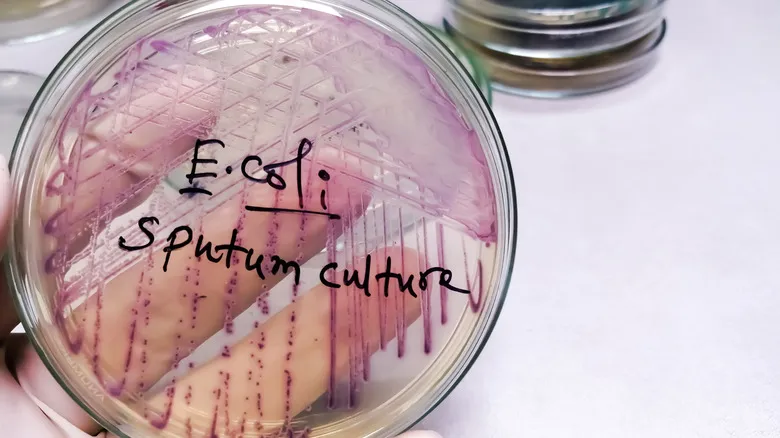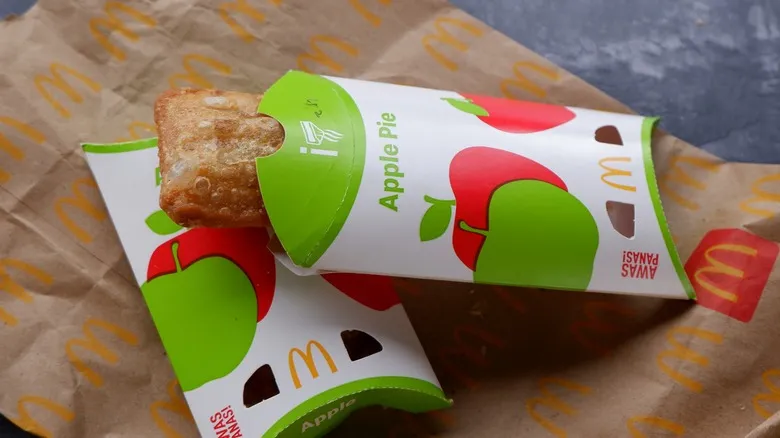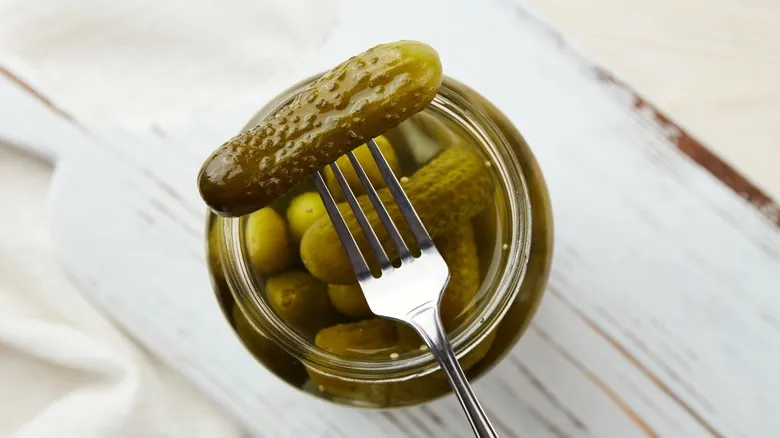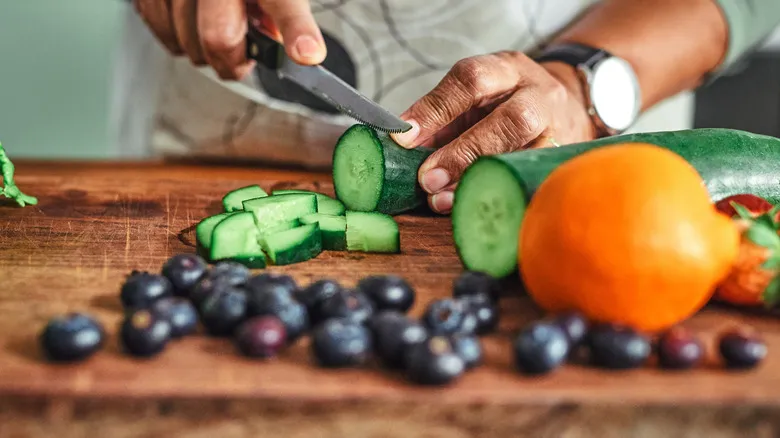How E. coli spreads to leafy greens

The most hazardous strains of E. coli flourish in the intestines of animals, particularly livestock such as cattle and goats. Although it is unpleasant, E. coli usually spreads when food or water comes into contact with feces. This transmission often occurs indirectly—food can become contaminated when someone handles it without adequately washing their hands or maintaining proper hygiene during its preparation. In larger outbreaks, contamination may arise from food grown in soil that has been exposed to, or irrigated with, water contaminated by infected animal feces. Nearby farms or facilities housing infected animals can also lead to soil contamination.
Once the bacteria are present, they can survive until the food reaches a restaurant or grocery store, resulting in food poisoning that can, in severe cases, lead to life-threatening symptoms. There are additional ways E. coli can contaminate your fruits and vegetables. For instance, if you use the same cutting board for raw meat and vegetables without cleaning it in between, you are significantly increasing your risk; while cooking can eliminate bacteria from the meat, it does not protect other items that have come into contact with that surface. To minimize risk, sanitize surfaces, cook food thoroughly, and ensure that you wash produce with clean water, especially when camping.
Recommended

Are McDonald's Apple Pies Really Vegan?

What Is Bubblegum Flavor Actually?

Should You Prick Your Cucumber's Skin Before Pickling Them?

Wait, Cucumbers Are Berries?
Next up

